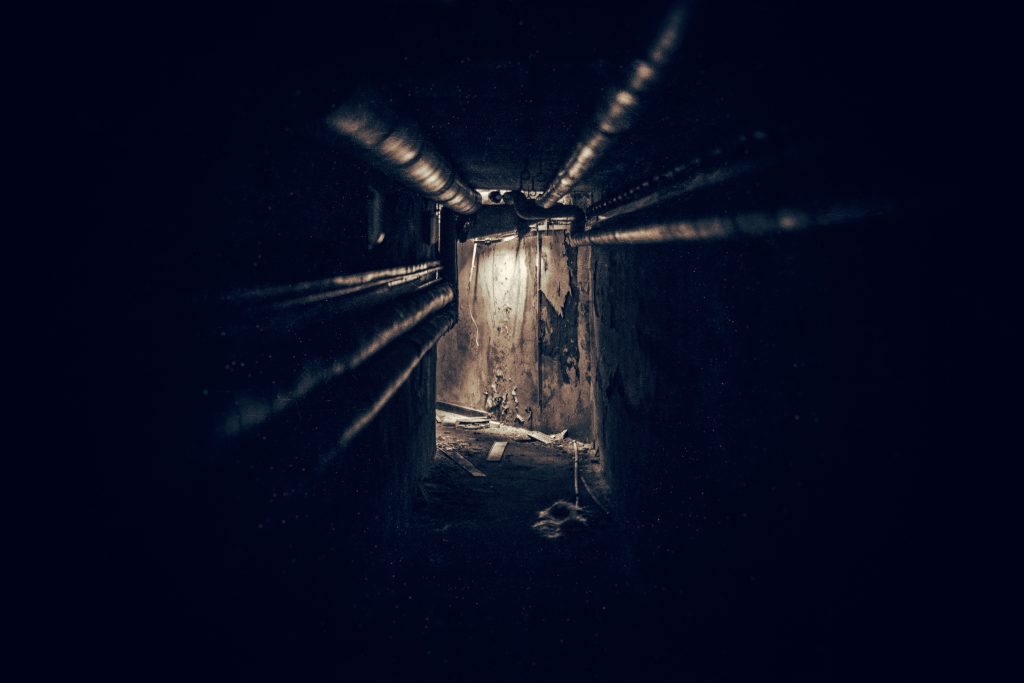Welcome to the Pagen Consultancy Ltd blog, where our knowledgeable and experienced team is dedicated to providing valuable information to ensure your safety and well-being. Asbestos is a hidden danger that could be lurking in unexpected places within your home. In this in-depth blog post, we will explore 10 surprising locations where asbestos may be present. By raising awareness and sharing insights, our intention is to empower you with the knowledge needed to identify potential hazards and take the necessary steps to protect yourself and your loved ones.
Textured or Popcorn Ceilings can Contain Asbestos
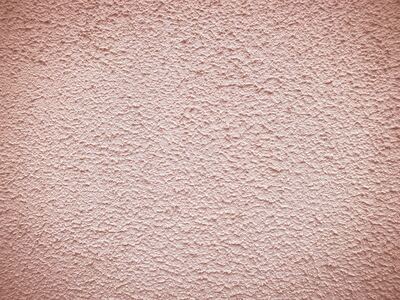
One of the most common places where asbestos may be found is in those charming textured ceilings known as “popcorn ceilings.” These were particularly popular in older homes. Unfortunately, this distinctive texture can contain asbestos fibers. The best approach is to have a professional test the material before making any changes or renovations to the ceiling. Testing can confirm whether asbestos is present and guide you in deciding on the appropriate course of action.
Vinyl Floor Tiles and Sheet Flooring

Vinyl flooring was widely used in homes until the 1980s for its durability and versatility. However, some vinyl flooring materials and sheet flooring products manufactured during that era may contain asbestos. While intact flooring poses minimal risk, if you suspect your flooring is old or damaged, it is prudent to consult with an asbestos professional for testing and evaluation. They can determine if the materials contain asbestos and advise you on the appropriate steps to take.
Insulation Around Pipes
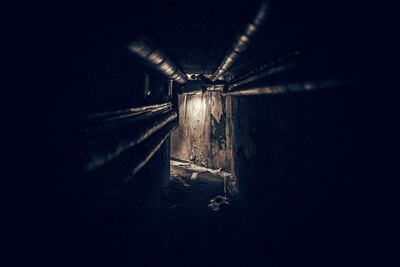
Asbestos insulation was commonly used to protect pipes and boilers due to its excellent insulation properties. This type of insulation may be found wrapped around pipes, usually in basements or utility areas. However, the material may deteriorate over time, leading to the release of asbestos fibers into the air. Therefore, it’s crucial to exercise caution when handling or disturbing insulation around plumbing fixtures. If you suspect asbestos-containing insulation, contact a licensed professional for testing and advice on safe removal procedures.
Roofing Materials
Roofing materials, such as shingles, felts, or corrugated cement sheets, were sometimes manufactured with asbestos. If your house was built before the 1990s, it is worth considering the possibility that your roof might contain asbestos. While intact roofing materials pose minimal risk, if you plan to conduct any repairs or replacements, it is essential to take proper precautions. An asbestos professional can evaluate the roofing materials and guide you through safe removal procedures, if necessary.
Furnace Duct Tape
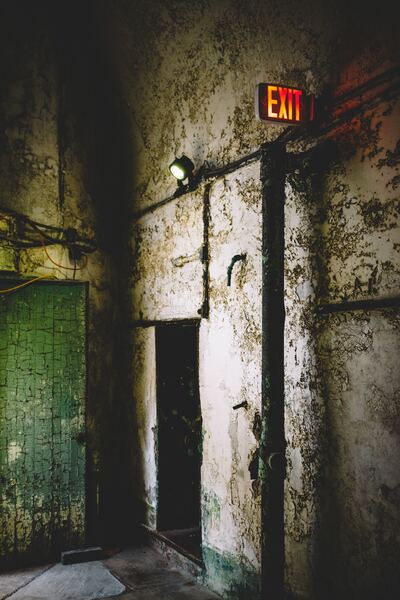
In older heating systems, duct tape covered in asbestos fibers was often used to seal joints in heating ducts. Over time, the tape may deteriorate, potentially releasing asbestos fibers into the air circulating throughout your home. If you have an older furnace or notice deteriorated tape, it’s crucial to have a professional inspect your heating system. They can determine if your ducts are safe or if any remediation is necessary.
Drywall Joint Compound
Before the 1980s, drywall joint compound, also known as “mud,” often contained asbestos fibers for their fire-resistant properties. This compound was used to seal gaps and provide a smooth finish between drywall sheets. When drywall joint compound crumbles or becomes damaged, asbestos fibers may be released into the air, posing a potential health risk. For any remodeling projects involving walls or ceilings, it’s highly recommended to have the areas tested for asbestos prior to commencing work.
Chimney Flues
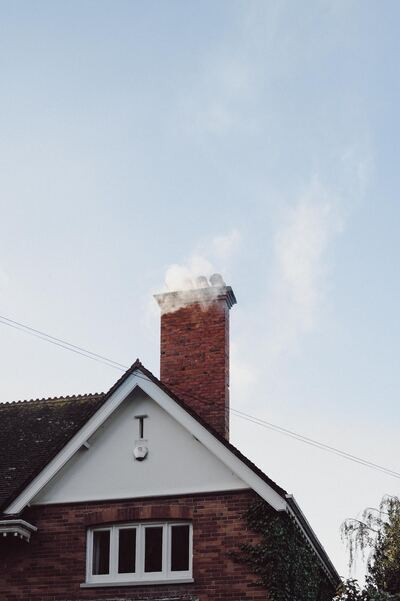
Asbestos was frequently used to insulate chimney flues due to its resistance to heat. If your house has an older heating system, it’s possible that the chimney flues are lined with asbestos-containing materials. It is important to have a professional inspect your chimney to ensure there are no asbestos-related hazards. They can provide guidance on removing or managing any asbestos-containing materials found in your chimney flues.
Textured Paint
Certain textured paints, especially those applied before the 1970s, may contain asbestos fibers. These paints, often used to create visually appealing or decorative effects, may be present on walls or ceilings in older houses. When dealing with textured paint, avoid sanding or scraping the surface, as it can release asbestos particles into the air. If you suspect that your textured paint contains asbestos, consult an asbestos professional for testing and advice on appropriate measures.
Electrical Wiring Insulation

Asbestos was not primarily used as insulation for electrical wires; however, in older systems, the wiring might be wrapped in asbestos-containing materials. While the risk of asbestos exposure from electrical wires is generally low, any disturbances or repairs to the wiring may release asbestos fibers. If you have concerns about the wiring in your home, it is best to consult a qualified professional who can evaluate the situation and provide guidance on the appropriate steps to take.
Attic Insulation
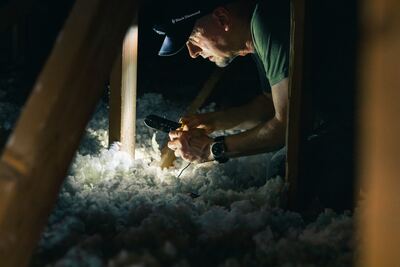
Vermiculite insulation, often found in attics, could be contaminated with asbestos. Vermiculite insulation was commonly used before the 1990s and looks like small, shiny pebbles. If you are unsure about the insulation in your attic or suspect it might contain asbestos, consult with an asbestos professional. They can perform the necessary testing and, if necessary, recommend the appropriate measures to ensure your safety.
Asbestos can be found in unexpected places within your home, and it’s important to remain vigilant. By being aware of these 10 surprising locations and taking appropriate action, you can safeguard your health and the well-being of your loved ones. Always remember that dealing with asbestos requires the expertise of a licensed professional. Prioritize the safety of yourself and your family by consulting an asbestos professional if you suspect the presence of asbestos in your home. At Pagen Consultancy Ltd, we are committed to providing exceptional service and support, ensuring your peace of mind. Stay informed, stay safe!
Note: The information provided in this blog post is for educational purposes only and is not a substitute for professional asbestos testing and removal services. Always consult with a licensed asbestos professional for proper testing, evaluation, and guidance.
